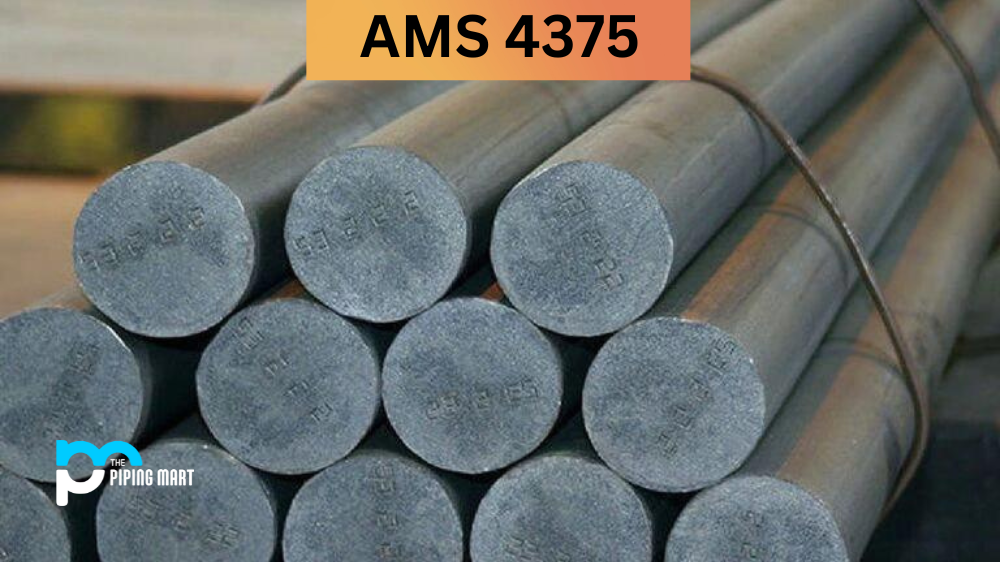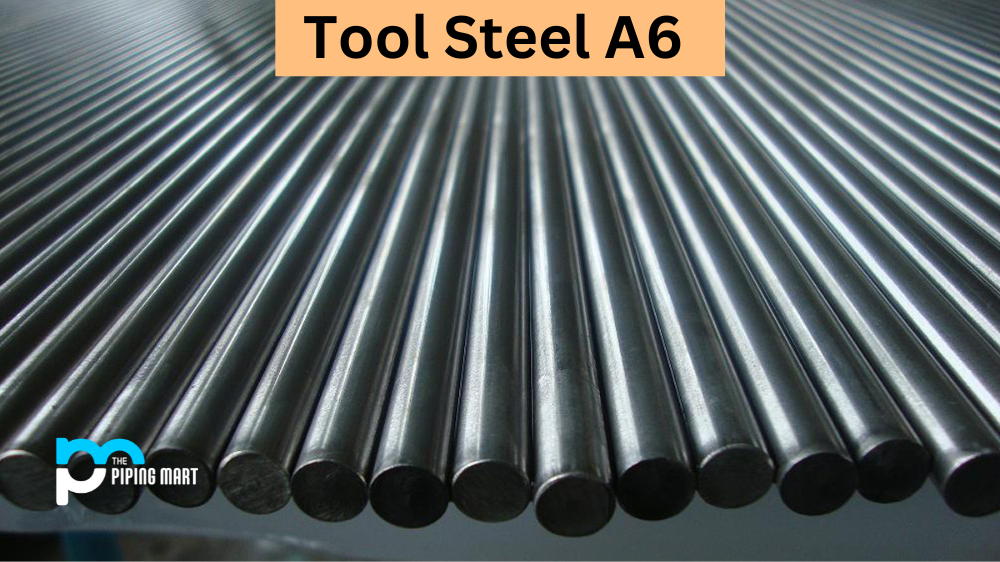In this article, we’ll take a closer look at this material, Brass UNS C33200 and explore its composition, mechanical properties, physical properties, uses, corrosion resistance, heat treatment, machining, and welding.
What is Brass UNS C33200?
Brass UNS C33200 is a type of brass known for its high resistance to corrosion and impressive durability. It is also known as leaded admiralty brass and is commonly used for naval applications.
Brass UNS C33200 Composition
Brass UNS C33200 is a leaded brass that contains 71-74% copper, 1.5-2.5% iron, 1-1.5% tin, 0.35% zinc, 0.35% phosphorus, and 1.5-2.5% lead. The high lead content makes it easy to machine but can also make it unsuitable for some applications due to its toxicity.
| Element | Content (%) |
|---|---|
| Cu | 66.0 |
| Pb | 1.6 |
| Zn | 32.4 |
Brass UNS C33200 Mechanical Properties
Brass UNS C33200 has impressive mechanical properties, including a tensile strength of 375 MPa, yield strength of 150 MPa, and elongation of 45%.
| Properties | Metric | Imperial |
|---|---|---|
| Tensile strength | 359 – 517 MPa | 52100 – 75000 psi |
| Yeild strength | 138 – 414 MPa | 20000 – 60000 psi |
| Elongation at break | 50.00% | 50.00% |
| Poisson’s ratio | 0.34 | 0.34 |
| Elastic modulus | 117 GPa | 16969 ksi |
| Machinability | 80% | 80% |
| Shear modulus | 39.0 GPa | 5660 ksi |
UNS C33200 Physical Properties
It also has a high hardness of 110 Brinell. Physically, it is a reddish-gold colour and has a density of 8.53 g/cm³.
| Properties | Metric | Imperial |
|---|---|---|
| Melting point- liquidus | 932ºC | 1710ºF |
| Melting point – solidus | 899ºC | 1650ºF |
| Density | 8.53 gm/cm3 | 0.308 lb/in3 |
UNS C33200 Equivalents
- ASTM B135
- MIL T-46072
- UNS C33200
Brass UNS C33200 Uses
Brass UNS C33200 is used in various applications, including marine engineering, plumbing, and heating systems. Its high resistance to corrosion makes it ideal for applications where it will be exposed to seawater or other corrosive environments. It is also used in parts that require high durability, such as gears, valves, and bearings.
Brass UNS C33200 Corrosion Resistance
Brass UNS C33200 has excellent corrosion resistance and can withstand exposure to seawater, brine, and many other corrosive materials. It is often used in marine applications for this reason.
Brass UNS C33200 Heat Treatment
Brass UNS C33200 is not heat-treatable since it does not respond well to high temperatures. It can be annealed to reduce its hardness and increase its ductility and machinability.
Brass UNS C33200 Machining
Brass UNS C33200 is known for its excellent machinability and can be easily shaped and formed. However, its high lead content can make it difficult to solder, so special care must be taken when joining pieces together.
Brass UNS C33200 Welding
Brass UNS C33200 is not recommended for welding due to its high lead content, which can cause the formation of cracks in the welds. Soldering or brazing are better options for joining pieces together.
Conclusion
Brass UNS C33200 is a unique and versatile material with a wide range of applications due to its excellent mechanical properties, high resistance to corrosion, and impressive durability. Its high lead content, however, can make it unsuitable for some applications, so it’s essential to carefully consider its use before choosing it for a project. If you’re looking for a reliable material for marine engineering, plumbing, or heating systems, brass UNS C33200 could be an excellent choice.

Abhishek is a seasoned blogger and industry expert, sharing his insights and knowledge on various topics. With his research, Abhishek offers valuable insights and tips for professionals and enthusiasts. Follow him for expert advice on the latest trends and developments in the metal industry.




